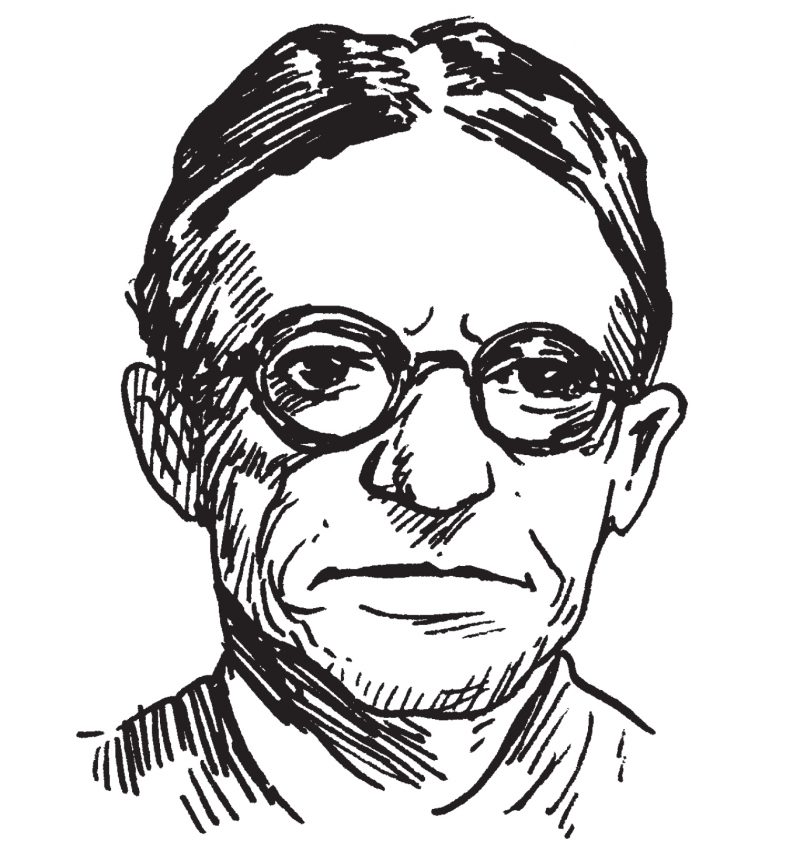Greil Marcus is the author of The Old, Weird America: The World of Bob Dylan’s Basement Tapes. His The Shape of Things to Come: Prophecy and the American Voice, will be published in September by Farrar, Straus and Giroux. He lives in Berkeley.
Don DeLillo has written thirteen novels. His third stage play, Love-Lies-Bleeding, had its premiere this spring at Steppenwolf in Chicago.
This conversation took place in front of an audience at the Telluride Film Festival in Telluride, Colorado, on September 5, 2005.
I. MUSIC IS THE FINAL HYPNOTIC
GREIL MARCUS: Don DeLillo’s third novel is called Great Jones Street. It was published in 1973. It’s about a Bob Dylan–like figure, not any kind of clone, named Bucky Wunderlick. He’s jumped ship, abandoned his career, gone into hiding. Rumors are flying around the globe. He’s been spotted shoplifting food in Fresno. He’s dead and buried. He’s involved in every kind of plot and chicanery. In fact, he’s hiding out in an apartment on Great Jones Street in New York City in the dead of winter. This novel is a first-person narration by Bucky Wunderlick as he tries to make sense of his life. He’s surrounded by managers and ex-lovers and an endless cast of parasites who provide most of the action and a lot of the dialogue. It’s an uncanny book, as you read through it. It is almost a subtext of the entire No Direction Home film.
I want to read a short passage from Great Jones Street and then bring up something that the movie turns on, I think. This is a character in the book who is a parasite, a go-between, a hustler, a conspirator. He says, “The underground’s come up with a super drug. Did you hear about it? The news leaves me cold, frankly. Music is the final hypnotic. Music puts me just so out of everything. I get taken beyond every reference that indicates who I am or how I behave. Just so out of it. Music is dangerous in so many ways. It’s the most dangerous thing in the world.”
Now, this is typical fan babble. Yet at the very beginning of No Direction Home, which is essentially narrated by Dylan himself—the movie was put together out of performance footage, from the very early ’60s up through 1966, shot by all different kinds of people, but the body of it is interviews with Dylan and all sorts of people who were part of his life and career during this period—Dylan is talking about his first sentient experience with music. He talks about how there was an...
You have reached your article limit
Sign up for a digital subscription and continue reading all new issues, plus our entire archives, for just $1.50/month.
Already a subscriber? Sign in





